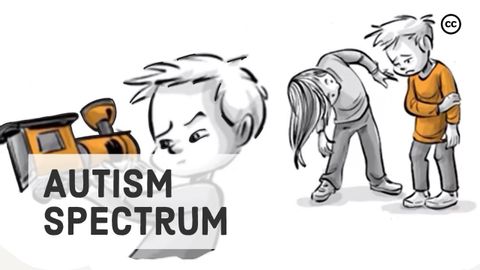
Subtitles & vocabulary
Autism: Atypical Minds in a Stereotypical World
00
Summer posted on 2021/07/01Save
Video vocabulary
specific
US /spɪˈsɪfɪk/
・
UK /spəˈsɪfɪk/
- Adjective
- Precise; particular; just about that thing
- Concerning one particular thing or kind of thing
A2
More perception
US /pɚˈsɛpʃən/
・
UK /pəˈsepʃn/
- Noun (Countable/Uncountable)
- Way in which one sees or understands something
- The ability to see, hear, or become aware of something through the senses.
B1
More incredibly
US /ɪnˈkrɛdəblɪ/
・
UK /ɪnˈkredəbli/
- Adverb
- To a great degree; very; amazingly
- Extremely; so much so it is hard to believe
A2
More Use Energy
Unlock All Vocabulary
Unlock pronunciation, explanations, and filters
